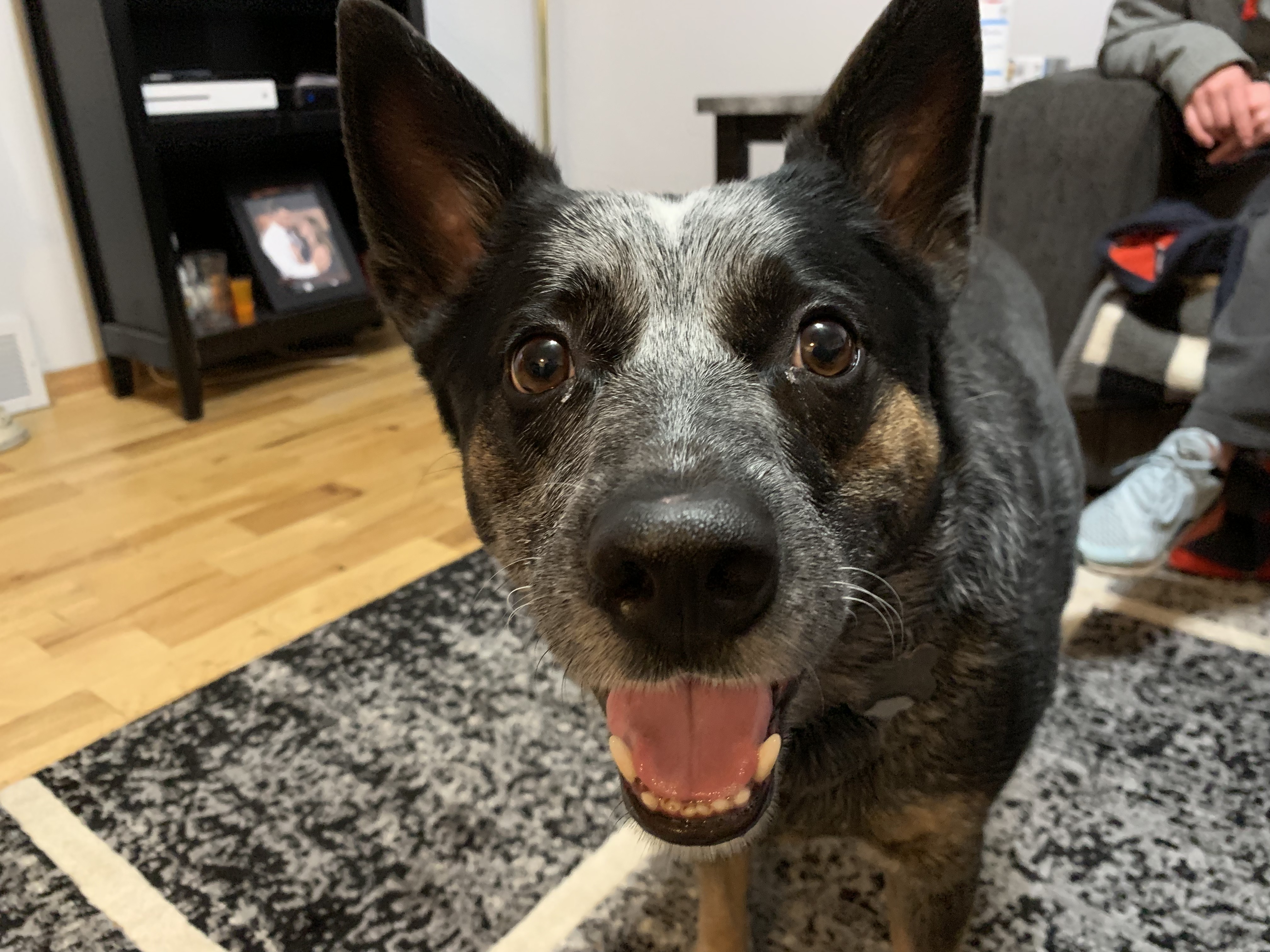Increasing Exercise and Tips to Stop a Blue Heeler’s Aggressive Behavior
By: David Codr
Published Date: February 16, 2019
For this Council Bluffs dog training session, we shared some creative ways to exercise 3 year-old Blue Heeler Jax inside to help drain his pent up energy and shared tips to stop his aggressive behavior.
Jax had a history of being human reactive so we met outside the home. When a dog is aggressive towards humans or dogs, meeting in an outdoor space with lots of room and some stimulation to provide a distraction can set the dog up for success.
Once inside, I shared a number of tips to help reduce Jax’s stress as that is the biggest contributing factor when it comes to dog aggression. I suggested a few new tools to use instead of a prong collar as studies show that pain or discomfort causing tools can increase stress and frustration which are both tied to dog aggression.
Another major factor was a lack of exercise. Being sometimes aggressive and being in the height of winter, Jax wasn’t getting as much exercise as he needs. This is a common issue for many of my dog behavior clients so I have come up with some creative ways to exercise dogs inside.
Using these unusual ways to exercise the dog will help him redirect his energy into a more productive direction and set him up for success. Hopefully the guardian will keep an exercise journal for a few weeks to dial in the proper amount of exercise to help Jax feel more relaxed and reduce his stress.
To help the guardian remember all the dog behavior tips I shared in this in home dog training session, we filmed a roadmap to success video that you can watch below.
Categorized in: Dog Behavior


